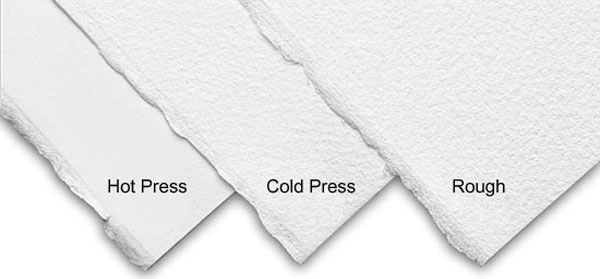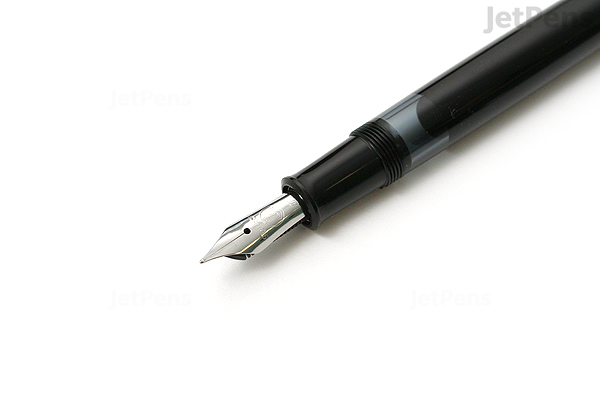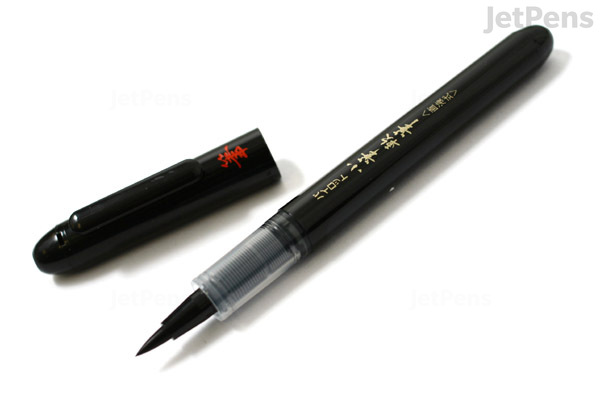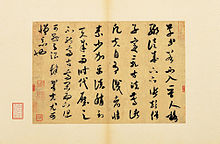Why I Started Doing Calligraphy
For my last post on this blog, I’ve decided to take a different, more personal direction. As anyone who has read my blog can probably tell by now, I am passionate about calligraphy. If I wasn’t, I probably wouldn’t have written about it for ten weeks. I personally think calligraphy is a beautiful art style and is something I want to keep improving on and exploring. Even though this is the basic reason, there are other reasons why I greatly enjoy calligraphy and ways it helps me.
In general, I have always been a very stressed out person. With every little thing would cause me stress. Nothing has really changed in all honesty, it has actually probably gotten worse. When I feel like the assignment are piling up or I have an example coming up, I get so stressed that it causes me physical pain (it’s weird, I know, but whenever I’m super stressed, my back gets super sore. I don’t know what up with that). Even if something happens to someone I’m close to, any stress they are (or should be) feeling replicates onto me. For example, if my boyfriend leaves an assignment for the last minute, I stress about it even though it has nothing to do with me. Anyone I’m close to would be able to verify this. I’ve probably been stress continuously since freshman year of high school and I gotta say, college isn’t helping solve the problem.
Early on, I didn’t really have an avenue to relief my stress. It made me really anxious at times and I couldn’t stop thinking about what I had to do in what time frame to get it all done and how if I went over that times frame I wouldn’t get everything done and how I wouldn’t do well in school and how I would fail the class and would fail out of school and end up living in a box. I’m sure many of you know how it goes.
This is where calligraphy comes in, as you have probably predicted, but, surprisingly, I didn’t start doing calligraphy as a stress reliever. It really just started with seeing calligraphy and thinking “that looks nice, maybe I can do that, too,” so I took a crack at it. My first calligraphy (which was pictured in a previous post) definitely took me a few days to complete because I measured out all the lines to make sure the letters were the same, then drew the letters in pencil, then traced the letters, then erased all the lines, cut everything out precisely, and glued it down. I later realized that while I was doing it, I was only focused on the calligraphy. I focused so much on making the letters event, getting the lines right, cutting close enough to the letters that there’s not too much space, but not too little that I didn’t think about anything else for a while. It was therapeutic to say the least, as it continues to be. Even now, I continue to use calligraphy as a mode of quieting my mind, even if only for a little bit, to give myself some time to relax.
So that is the story of why I do calligraphy. I hoped you have enjoyed these past ten weeks of calligraphy and maybe that you have tried the art on your own!

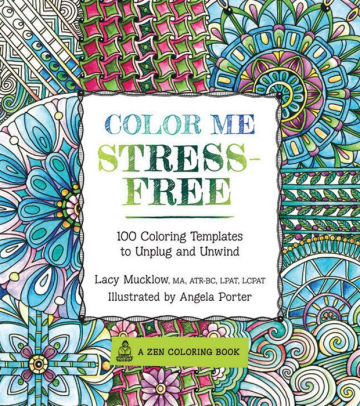
















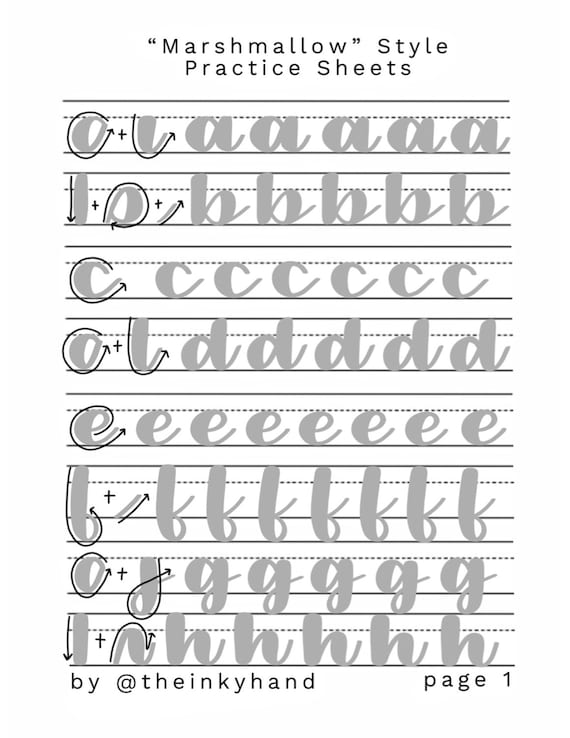
 Valentine's Day Embossing
Valentine's Day Embossing Background using paint
Background using paint

